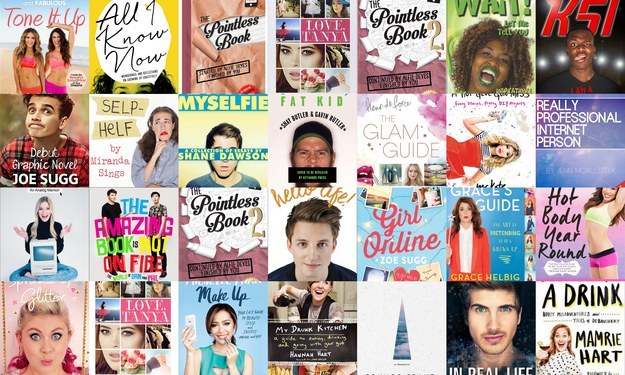The use of colour is a vital element in any branding or rebranding strategy. Roger Rundle, a director at communications agency The Team, analyses what different colour palettes say about the companies that use them.
The use of colour is a vital element in any branding or rebranding strategy. Roger Rundle, creative director at communications agency The Team, analyses what different colour palettes say about the companies that use them.
Clearly, among the key considerations for any business choosing a colour scheme for its brand will be accessibility, visibility and legibility. But beyond these principles, colour is a creative expression of the values and vision of the brand.
Primary colours
These often imply a primary age group; these are common among firms that target children as customers. But they are also found in the tech sector – Microsoft Windows was an early adopter of this palette and Google soon followed suit.
Purple and gold
A rich palette such as this suggests prestige and high value and also brings Middle Eastern images to mind. It’s a good example of how some colours hint at specific cultural backgrounds and therefore companies might want to use or avoid them accordingly.
Pastels
These can be a default combination among brands that target female audiences because of the softer feel of these shades. However, it is worth bearing in mind that such a palette can lack visibility and that pastels rarely work well online.
Black and red
Just as pastels suggest a feminine audience, this is an overtly masculine, ‘high performance’ palette. Red is always likely to attract a male audience (Ferrari, for example) and the contrast with black makes it stand out even more.
Red and yellow
A surprising choice in modern times, these colours may give the impression that a brand is stuck in the 1970s. But this may work if a company wants to evoke a visual comfort zone for older audiences who might remember those times fondly.
Neutral shades
A contemporary palette, neutral colours are very popular, for example, among property developers and those wishing to convey entrepreneurial thinking. The difficulty, perhaps, is standing out when every competitor in the sector adopts a similar colour scheme.
Blues and greens
This palette is a good one for companies that want to play it safe. In fact, blue is probably the most common corporate colour for just that reason.
Warm colours
If a business wants to convey comfort it often defaults to these colours. Interestingly, warm versus cool is often one of the first decisions a company exploring its brand values will be asked to make, because that initial decision can say a lot about how it wants to be perceived (for instance, the ‘cool’ of Apple versus the ‘warm’ of Microsoft).
Even these simple pointers highlight just how much thought should go into something as fundamental as a company’s choice of colour scheme. Considering that it is just one component of the overall brand, it is no wonder that businesses invest so much time trying to get it right.





